A version of this blog post first appeared on The Regulatory Review.
History may not repeat itself but it certainly does rhyme. During the dot-com bubble, Federal Reserve Chairman Alan Greenspan famously observed that investors were the victims of “irrational exuberance.” This is clearly the case with cryptocurrencies today. Market valuations of cryptocurrencies remain wildly erratic. The price of bitcoin, for example, recently climbed to almost $20,000 only to precipitously fall to less than $7,000. Five years since the very first initial coin offering (ICO), ICOs have raised close to $6 billion. In fact, the total market capitalization of crypto assets now stands at $260 billion.
Much like initial public offerings (IPOs), ICOs are designed to raise money from investors. Unlike IPOs, however, investors do not receive company stock. Rather contributors receive company tokens that can be traded on crypto exchanges. As the range of ICOs has broadened and deepened, many new and established companies have begun exploring ICOs as an alternative form of venture capital. Last fall, for example, the decentralized cloud storage network, Filecoin, raised $257 million. While in March, the messaging app Telegram raised $1.7 billion.
The capacity to tap a liquid market without the need for intermediaries has provided a wide range of companies with deep pools of investor capital. But where stocks are regulated by the Securities and Exchange Commission (SEC), and commodities by the Commodity Futures Trading Commission (CFTC), cryptocurrencies lack an effective regulatory body. In fact, a recent study suggests that the vast majority of ICOs are scams.
Regulating ICOs
So where is this all going? With the meteoric rise of ICOs, the SEC has signaled its concern with the potential for fraud. This stands to reason given the enormous growth of ICOs over the past two years. Most government regulators are apprehensive about how to precisely classify ICOs and therefore how to govern and tax them. The most pressing concern for the majority of regulators is eliminating the use of ICOs for money-laundering and terrorism. While critics debate the legitimacy of these concerns, governments are nonetheless struggling to author guidelines for regulating the space.
According to some, cryptocurrencies represent an entirely new asset class. This may not be true of tokens that function like securities, but it may well be true of so-called utility tokens. Broadly speaking, utility tokens are defined as having some utility apart from or in addition to their value as an investment. Ethereum’s Ether (ETH) token, for example, is generally classified as a utility token precisely because it serves as “fuel” for developers executing software on the Ethereum platform.
The problem with strictly classifying all tokens as securities is that they can simultaneously function across multiple categories—as currencies, as instruments for betting (or for voting), and as traditional securities. Indeed, while some regulatory agencies define cryptocurrencies as monetary equivalents, others define them as commodities, or even taxable property. There is, in fact, a global legal vacuum with regard to cryptocurrencies because they do not precisely fit the traditional definition of an investment contract as defined by the Howey test. Under the Howey test, an investment contract is “a contract, transaction or scheme whereby a person invests his money in a common enterprise and is led to expect profits solely from the efforts of the promoter or a third party.”
Diverging Regulation
While a legal framework for the overseeing of ICOs is slowly starting to take shape, the fact remains that most governments are not entirely sure how to govern the space. Forecasting future SEC guidance in the United States is difficult, but the common view is that this new asset class will be increasingly subject to U.S. securities laws. A sporadically aggressive posture by the SEC has served as a warning to early-stage companies who might seek to raise funds through the sale of tokens.
On the enforcement side, there are an increasing number of class-action lawsuits raised against companies involved in ICOs. Tezos, for example, raised $232 million last year only to face allegations of securities law violations and investor fraud. Selling unregistered securities can mean significant fines and even prison sentences, leading many companies to bypass the U.S. market altogether.
One particular fear is that overregulation will undermine innovation by discouraging risk-taking. The value of ICOs is that they have radically democratized access to capital for start-ups. This suggests the need for a different set of regulatory obligations specifically designed to allow smaller, cash-poor companies to raise funds from a wide range of funders. Unlike crowdfunding, for example, ICO contributors can trade their assets on secondary markets in order to potentially strengthen their investments.
What is clear is that confusion around ICOs has been made more complicated by the fact that various governments around the world hold widely divergent views on regulation. As it stands, there are roughly three broad types of regulatory systems overseeing ICOs. These are closed (China), open and strict (USA), and open and liberal (Switzerland). Nonetheless, the priority for most governments is combatting fraud, while at the same time enabling legitimate businesses to flourish. Gibraltar, for example, offers licenses to some crypto-companies, while France is working on a system of voluntary licensing.
The Future of ICO Regulation
Despite attempts at regulation offered by governments around the world, the rise of cryptocurrencies remains a challenge. The U.S. approach to regulating the industry has been to work within its current laws rather than introduce new ones. This has been arguably shortsighted. The vacuum in effective regulation has ensured that market manipulation remains a wide-scale problem. Without some degree of protection for investors, for example, this has meant that institutional investors remain on the sidelines, significantly limiting the size of the market.
Going forward, many entrepreneurs remain afraid of punishment by the SEC for lack of guidance. Meanwhile, regulatory uncertainly has limited the kinds of investors pursuing cryptocurrencies. This may be changing but it will require creative solutions to better govern the market in order to:
- Reduce the number of phony ICOs.
- Properly regulate cryptocurrencies (beginning with a self-regulatory body).
- Develop proper assurance systems to protect investors against fraud.
- Provide institutional quality custody solutions to safeguard crypto assets.
In the near future, we can be sure that ICOs and the cryptocurrency market as a whole will be increasingly subject to regulation. This is a very good thing. A cryptocurrency market that is effectively regulated will mean a decrease in the herd-driven volatility exciting the market—even as the value of cryptocurrencies continues to rise.
The Brookings Institution is committed to quality, independence, and impact.
We are supported by a diverse array of funders. In line with our values and policies, each Brookings publication represents the sole views of its author(s).

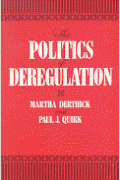
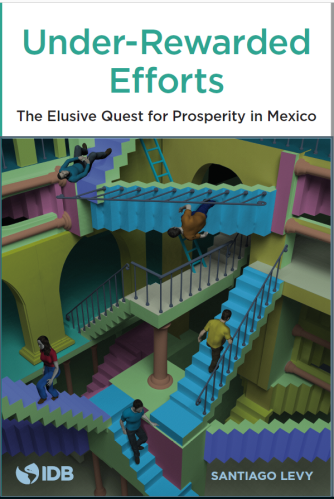
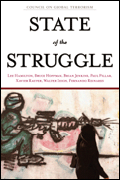
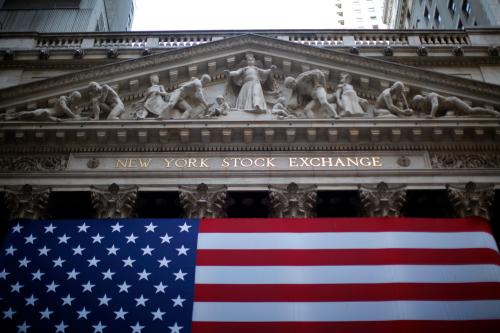
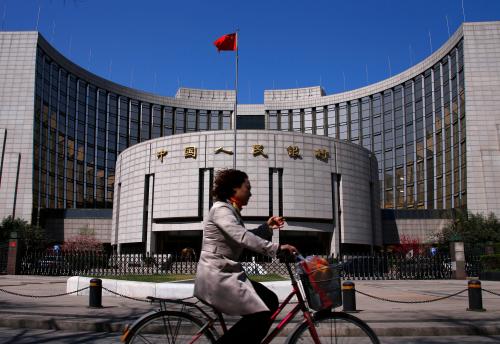




Commentary
The future of cryptocurrency regulation
October 10, 2018